General Blog Posts
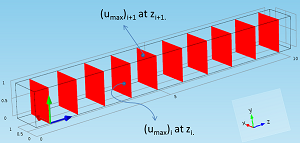
Maximum Evaluations on Parallel Sections
Postprocessing trick: You can evaluate and plot the maximum, minimum, average, or integration value of any variable at various parallel sections along the axial coordinate of your model.
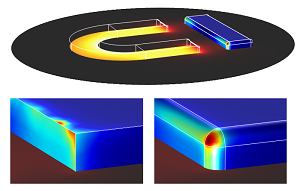
Fillet Away Your Electromagnetic Field Singularities
Did you know that you can use fillets and chamfers in your electromagnetics models to avoid electromagnetic field singularities? Learn how in this tutorial blog post.
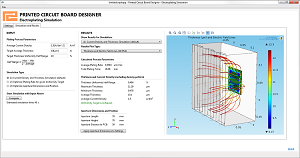
Electroplating Simulations for Printed Circuit Board Designers
The manufacture of a printed circuit board (PCB) often involves a process called electroplating, which can vary from design to design. A simulation app can make it easy to analyze this process.
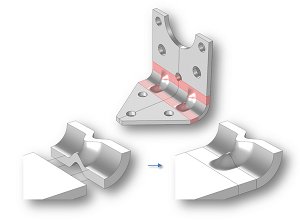
Introducing the Design Module
The Design Module has specialized features for advanced geometry modeling, including the ability to create fillets on 3D designs or generate shell approximations of imported geometric objects.
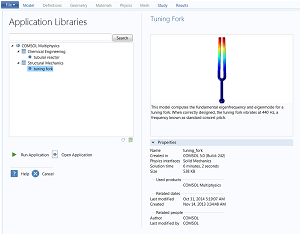
Where to Find Application Builder Tutorial Apps
Did you know that COMSOL Multiphysics® includes an Application Library full of tutorial models and demo apps? Learn how to access this helpful feature for modeling guidance and inspiration.
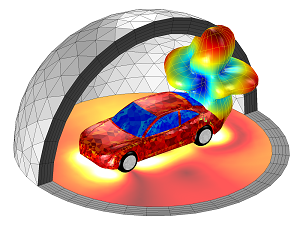
Automatic Meshing for Electromagnetic Simulations
Ever struggle to mesh the infinite elements or perfectly matched layers in your electromagnetics simulations? Automatic meshing can help >>

Creating an App for Modeling Flow Control in a Pipe Network
Simulation apps can be used as dedicated tools for modeling the flow and pressure distribution inside a network of connected pipes. This would be useful in, for example, semiconductor processing.
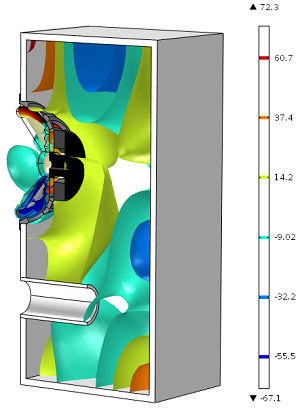
Making Waves with Contour and Isosurface Plots
In this installment of our blog series on postprocessing your simulation results, learn how to use contour and isosurface plots to show quantities on a series of lines or surfaces.
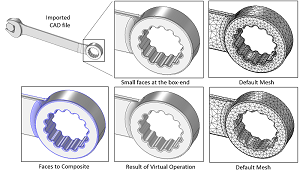
Using Virtual Operations to Simplify Your Geometry
CAD geometry: A set of data structures that provide a very precise method for describing the shapes of parts (called boundary representation, or B-rep).
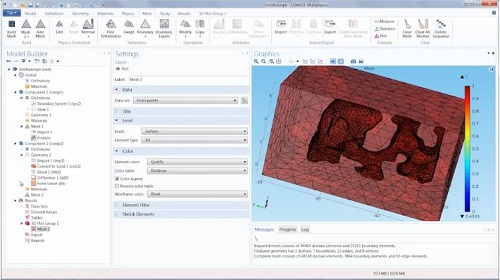
Create Geometry from an Imported Mesh
Did you know that as of COMSOL Multiphysics® version 5.0, imported meshes can easily be converted into solid geometry objects for further investigation and modeling capabilities?
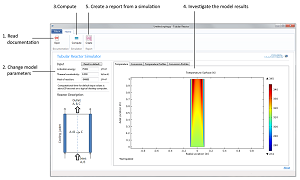
Apps for Teaching Mathematical Modeling of Tubular Reactors
Chemical engineering students can use the Tubular Reactor app to model a nonideal tubular reactor and investigate the impact of different operating conditions. Learn more >>
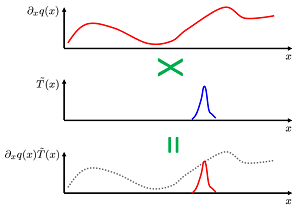
A Brief Introduction to the Weak Form
Whether or not you use finite element analysis and vector calculus in your daily life, you’ll appreciate this introduction to the weak form equations.
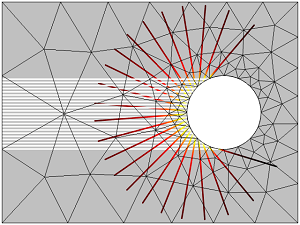
Introducing the Ray Optics Module
COMSOL Multiphysics version 5.0 introduced an add-on module for electromagnetics modeling: the Ray Optics Module. It can be used to perform ray tracing and geometrical optics studies.
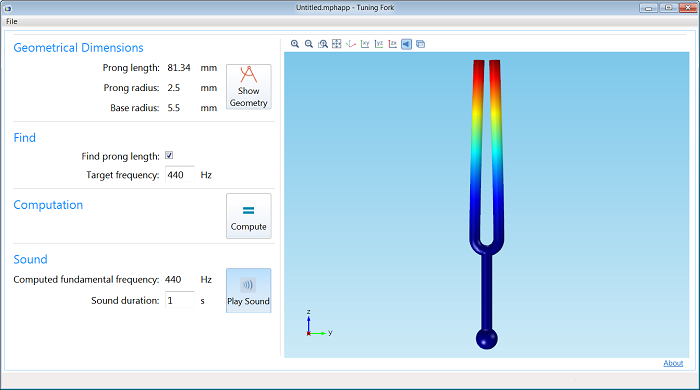
The Tuning Fork Application
Do re mi fa so la ti do! Did you know that the most common standard pitch for a tuning fork is 440 Hz, which forms the note A? See a tuning fork simulation app in action here >>

COMSOL Multiphysics 5.0 Brings User Interface Improvements
Updates to the COMSOL Multiphysics® UI ribbon with version 5.0 include: change in color scheme, additional multiphysics interfaces, a materials tab, global materials, and more.
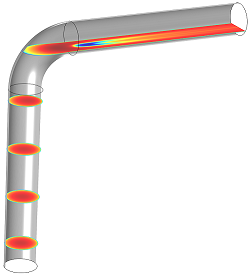
Using Slice Plots to Show Results on Cross-Sectional Surfaces
In this installment of our blog series on postprocessing your simulation results, we demonstrate slice plots, an easy way to visualize physics behavior on many different parts of your model.

Understanding Parallel Computing
Q: Do you use parallel computing to run your COMSOL Multiphysics® simulations? If so, you may enjoy this conceptual overview of computers and the algorithms used by the COMSOL® software.
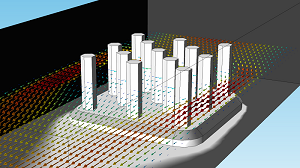
How to Get the Most out of Arrow Plots in COMSOL Multiphysics
What are arrow plots and why are they useful? We answer these questions and demonstrate how to use this feature in this installment of our postprocessing series.
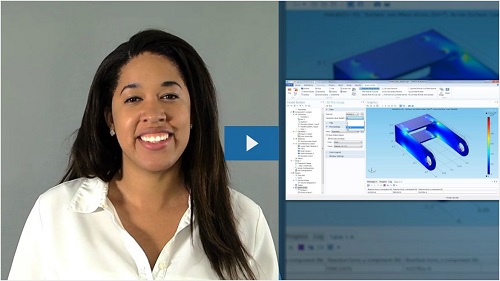
Video Tutorial: Introduction to Modeling Structural Mechanics
Learn the fundamentals of simulating structural mechanics problems in the COMSOL® software: Get a quick overview in this blog post, with an embedded video tutorial included.
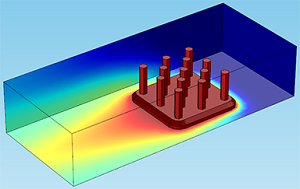
Surface, Volume, and Line Plots: Visualizing Results on a Heat Sink
3 of the most common plot types used in postprocessing: surface, volume, and line plots. Learn how to use these plot types for your simulation results and when to use each option.
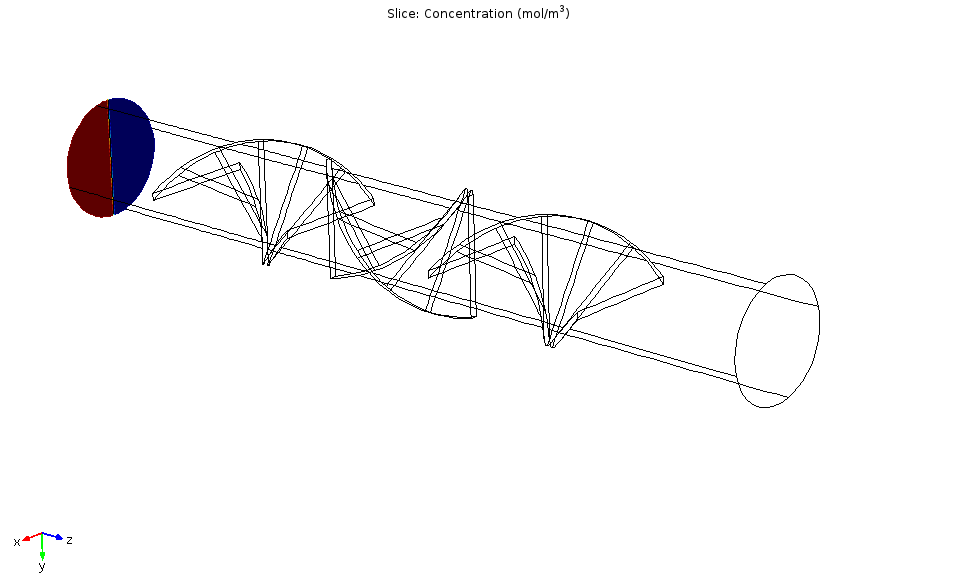
Combining Parallel Slices to Create an Animation
Want to animate how your 3D steady-state model’s solution is changing along a certain direction? You can do so by combining parallel slices. We demonstrate the 3-step process…
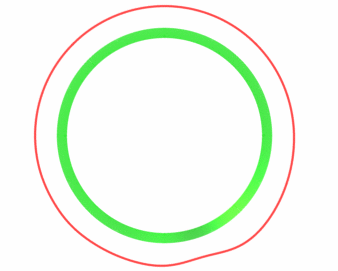
Understanding Traffic Congestion via Equation-Based Modeling
Boring, frustrating, extremely inconvenient: We’ve all experienced a traffic jam when trying to get from Point A to Point B. Researchers used equation-based modeling to study traffic congestion.
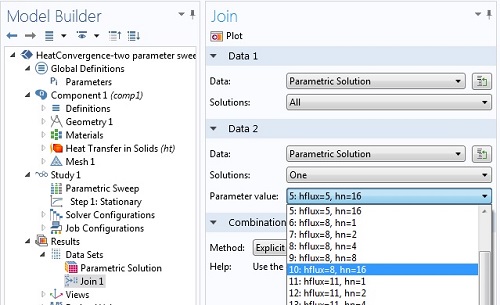
Solution Joining for Parametric, Eigenfrequency, and Time-Dependent Problems
In a follow-up to a previous blog post, we demonstrate how to use the Join feature in the context of 4 types of problems: parametric, eigenfrequency, frequency domain, and time dependent.

New Book on Topology Optimization for Electromagnetics
Whether you’re a student or an industry engineer, read Multiphysics Simulation: Electromechanical System Applications and Optimization, a reference guide on simulation and topology optimization.
